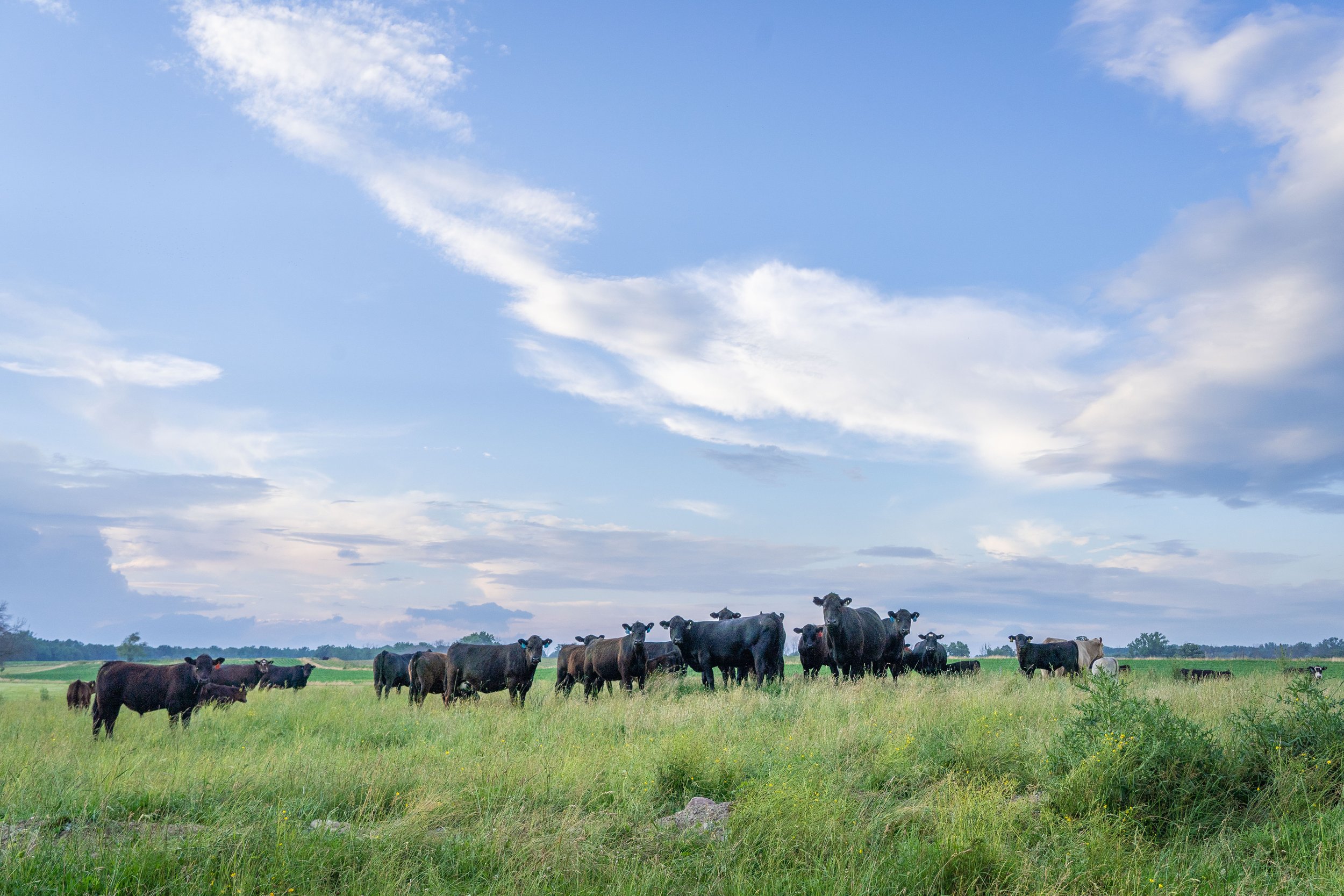Strategic Collaborations for Strength: Bagley Risk Management
Strategic Collaborations for Strength: Bagley Risk Management
Blog Article
Recognizing Animals Risk Protection (LRP) Insurance: A Comprehensive Overview
Navigating the world of livestock threat security (LRP) insurance policy can be an intricate endeavor for several in the farming market. This type of insurance policy provides a safety and security internet versus market fluctuations and unanticipated circumstances that might influence livestock manufacturers. By understanding the intricacies of LRP insurance policy, manufacturers can make informed decisions that might safeguard their operations from economic risks. From exactly how LRP insurance policy functions to the various protection alternatives offered, there is much to reveal in this comprehensive guide that can possibly form the way livestock producers approach danger administration in their organizations.

How LRP Insurance Functions
Periodically, understanding the auto mechanics of Livestock Danger Security (LRP) insurance coverage can be intricate, but breaking down exactly how it functions can give clearness for farmers and ranchers. LRP insurance policy is a threat management tool made to safeguard livestock producers versus unexpected cost declines. It's vital to keep in mind that LRP insurance coverage is not an earnings warranty; rather, it focuses solely on price risk defense.
Qualification and Protection Options

When it comes to coverage alternatives, LRP insurance policy uses producers the versatility to choose the protection level, protection period, and recommendations that finest fit their threat monitoring needs. By recognizing the qualification criteria and insurance coverage alternatives available, livestock producers can make informed decisions to manage danger properly.
Benefits And Drawbacks of LRP Insurance Coverage
When examining Animals Danger Protection (LRP) insurance coverage, it is important for livestock producers to consider the negative aspects and advantages fundamental in this risk administration device.

One of the primary advantages of LRP insurance coverage is its capacity to supply defense against a decrease in animals rates. Furthermore, LRP insurance offers a level of versatility, enabling producers to tailor insurance coverage degrees and policy periods to fit their details needs.
Nonetheless, there are likewise some disadvantages to think about. One restriction of LRP insurance is that it does not safeguard versus all sorts of threats, such as condition break outs or natural disasters. Premiums can often be costly, especially for producers with big livestock herds. It is essential for producers to very carefully evaluate their individual threat exposure and monetary circumstance to identify if LRP insurance policy is the appropriate danger management device for their procedure.
Comprehending LRP Insurance Policy Premiums

Tips for Optimizing LRP Benefits
Optimizing the advantages of Animals Risk Security (LRP) insurance coverage needs tactical preparation and proactive danger administration - Bagley Risk Management. To maximize your LRP coverage, take into consideration the complying with tips:
On A Regular Basis Evaluate Market Problems: Keep notified regarding market patterns and cost changes in the animals sector. By keeping track of these aspects, you can make informed decisions concerning when to purchase LRP coverage to shield against possible losses.
Establish Realistic Protection Degrees: When picking protection levels, consider your manufacturing expenses, market price his comment is here of livestock, and possible dangers - Bagley Risk Management. Setting practical insurance coverage levels guarantees that you are adequately protected without overpaying for unnecessary insurance policy
Diversify Your Coverage: As opposed to relying solely on LRP insurance policy, take into consideration expanding your danger monitoring techniques. Combining LRP with various other threat management tools such as futures contracts or options can provide detailed coverage against market unpredictabilities.
Evaluation and Adjust Protection Regularly: As market conditions alter, periodically evaluate your LRP coverage to guarantee it lines up with your present danger exposure. Adjusting coverage degrees and timing of purchases can help maximize your risk security method. By adhering to these ideas, you can make the most of the benefits of LRP insurance coverage and secure your animals procedure against unexpected dangers.
Final Thought
In final thought, animals risk defense (LRP) insurance coverage is a beneficial device for farmers to take care of the economic threats connected with their livestock operations. By understanding just how LRP functions, qualification and insurance coverage choices, in addition to the benefits and drawbacks of this insurance coverage, farmers can make informed choices to protect their resources. By carefully taking into consideration LRP premiums and executing methods to maximize benefits, farmers can reduce possible losses and ensure the sustainability of their procedures.
Animals producers interested in getting Livestock Risk Defense (LRP) insurance policy can explore an array of qualification standards and coverage alternatives customized to their specific livestock procedures.When it comes to insurance coverage choices, LRP insurance coverage supplies producers the versatility to select the coverage level, protection period, and endorsements that finest suit their danger management requirements.To comprehend the ins and outs of Livestock Threat Protection (LRP) insurance coverage fully, recognizing the factors affecting LRP insurance coverage costs is vital. LRP insurance costs are figured out by various components, including the insurance coverage degree selected, the expected cost of animals at the end of the coverage duration, the type of animals being insured, and the length of the coverage period.Review and Adjust Coverage Consistently: As market conditions alter, regularly review your LRP coverage to ensure it straightens with your present risk direct exposure.
Report this page